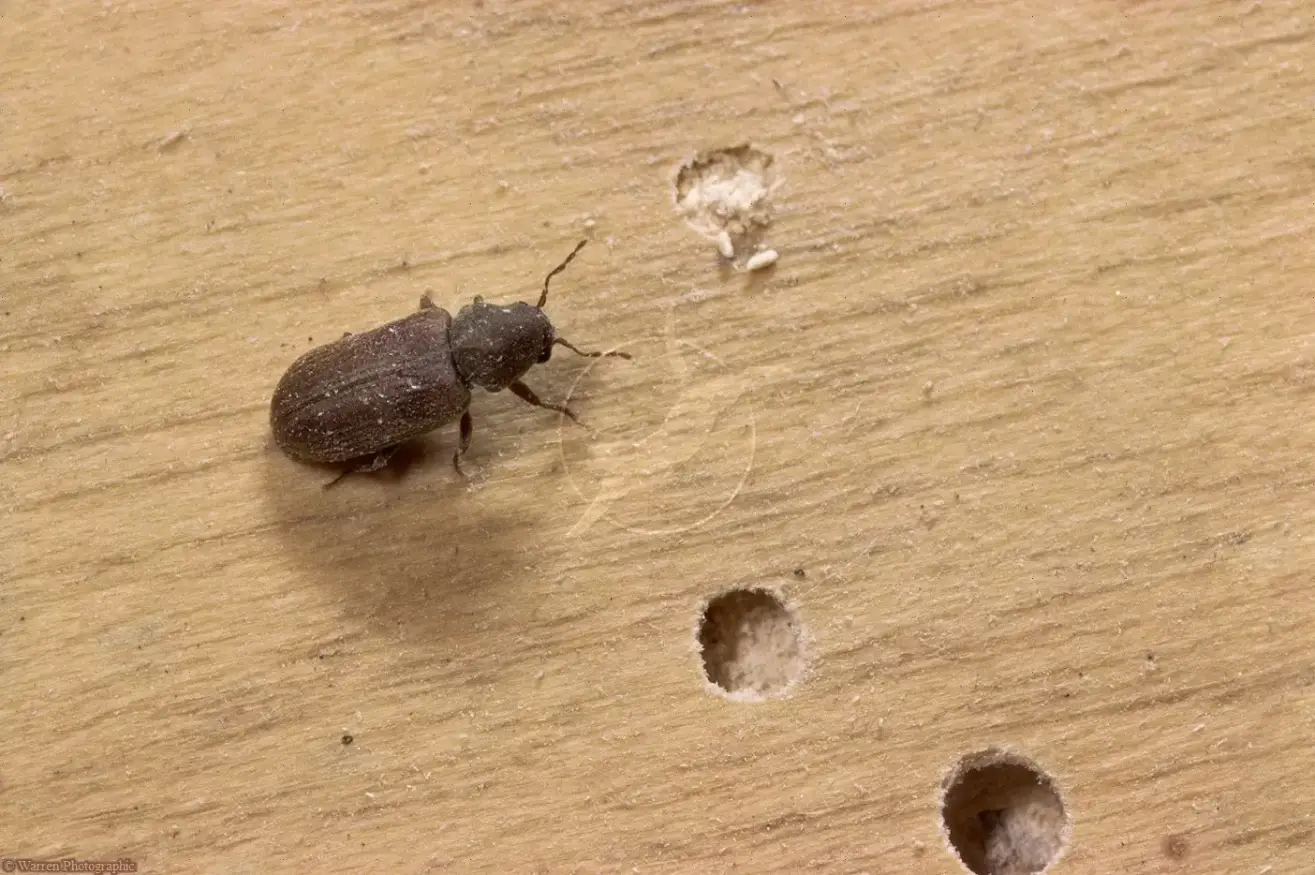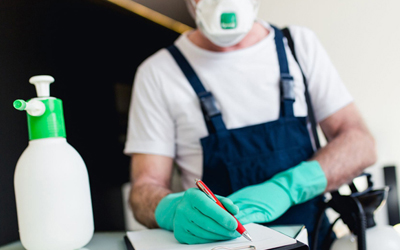Prompt, Affordable Same-Day Pest Control in Melbourne – From $129.
- Home
- Pest Treatments
- Termite Inspection & Treatment
- Ant Pest Control
- Bed Bug Treatment
- Beetle Pest Control
- Bird Proofing
- Borer Pest Control
- Cockroach Control
- Flea Treatment
- Fly Control
- Fox Trapping
- Mites Control
- Mosquito Pest Control
- Moth Control
- Possum Removal Service
- Rodent Control
- Silverfish Treatment
- Spider Control Treatment
- Wasp Control Services
- End of Lease Pest Control
- Commercial Pest Control
- Office Pest Control
- Restaurants & Cafes Pest Control
- Hospitality Pest Control
- Education Facilities Pest Control
- Hospital & Aged Care Pest Control
- Pest Control Food Industry
- Factories & Warehouses Pest Control
- Government Buildings Pest Control
- Assets & Facilities Pest Management
- Farming and Agriculture Pest Control
- Strata Pest Control
- Construction Pest Control
- Termites
- Pest Info
- Pest Inspections
- Contact
- Home
- Pest Treatments
- Termite Inspection & Treatment
- Ant Pest Control
- Bed Bug Treatment
- Beetle Pest Control
- Bird Proofing
- Borer Pest Control
- Cockroach Control
- Flea Treatment
- Fly Control
- Fox Trapping
- Mites Control
- Mosquito Pest Control
- Moth Control
- Possum Removal Service
- Rodent Control
- Silverfish Treatment
- Spider Control Treatment
- Wasp Control Services
- End of Lease Pest Control
- Commercial Pest Control
- Office Pest Control
- Restaurants & Cafes Pest Control
- Hospitality Pest Control
- Education Facilities Pest Control
- Hospital & Aged Care Pest Control
- Pest Control Food Industry
- Factories & Warehouses Pest Control
- Government Buildings Pest Control
- Assets & Facilities Pest Management
- Farming and Agriculture Pest Control
- Strata Pest Control
- Construction Pest Control
- Termites
- Pest Info
- Pest Inspections
- Contact
Home » Wood Borer Treatment In Melbourne
Wood Borer Treatment In Melbourne
Borers are a nightmare for everyone who builds their property with timber and uses wooden furniture.
Tom’s Pest Control Melbourne welcomes you to experience quick, safe and tailored wood borer treatment services as we have several years of industry experience and thousands of happy customers.
We know how much you value your wood furniture and products, and we know how to ensure maximum life for those with proven pest treatment solutions.
Book Your Wood Borer Treatment Services Here
Major Borer Species Found In Melbourne
Anobium borer
Australian Wood Borer
Lyctus Borer
Wood Weevil
Signs Of Wood Borer Attacks
- The presence of small holes, either oval or round shaped, in your furniture and wood products.
- You may also spot borer dust or frass on the floor just under the timber products.
- Crumbling or weak and damaged timber boards and floorboards.
- Tunnels in the wood due to larvae of wood borer.
- The presence of wood borer larvae, eggs, dead borers on the floor below the wooden products.
- You may also hear the borer larvae scraping the wood, especially during the season they are active.

Our Borers Pest Control Procedure
Inspection
We will also document and update you on the necessary wood repairing requirements to restore the property to its original condition.
Treatment Plan
The wood borer treatment plan will tell you the treatment procedure, the length of the treatment, the instructions and guidelines of the inhabitants, and the expected results.
Pest Eradication
Often, we combine different procedures to provide the best results for our customers. With our procedures, we will try to mitigate future infestation risks as well.
Prevention Tips
By keeping your surroundings clean and healthy, you can significantly reduce the risk of infestation. Maintain the grass, trim the trees and bushes, and search and repair cracks on the property to restrict the access of borer to control the pest. You can also regularly monitor your furniture and other wooden products for borer attack and seek our assistance immediately.
A Hassle-Free, Complete Experience
- Quick same/next day service
- Trained, certified, and highly experienced technicians
- Safe, family-friendly pest control services
- Comprehensive prices, upfront quotes
- Local pest control teams
- Customer-friendly, transparent service
- Highly competitive prices
- 100 percent satisfaction guarantee

FAQs
How Do I Identify A Wood Borer?
If you notice small holes in your furniture and the dust surrounding it, or if your hardwood flooring appears fragile, you may be dealing with a borer infestation.
Wood borers are pests that eat wood and wooden furniture. There are many wood borers in Australia. Some are dangerous, and some are useful.
The normal furniture beetle is the most common borer found in Australia. It is brown and oval, and its size varies from 2.7 to 4.5 mm. They can create 2-3 mm wide exit holes when the furniture is ready to go.
What Are The Significant Signs Of A Wood Borer Infestation?
Early detection is critical to prevent further damage from wood borers. Below mentioned are the signs of wood borer infestation: –
- Fresh exit holes in the timber will be oval with sharp edges and seem clean and new.
- Tunnels in the woods, sometimes known as “galleries,” are typically challenging to spot.
- Bore dust (also known as frass) is created by emerging adult beetles and is typically visible beneath contaminated timber.
- Weak and damaged floorboards—in severe circumstances, a foot or chair leg falling through the floor might suggest a more severe issue.
- Crumbling wood-at corners or along edges of roof joists or floors
- Dead beetles are commonly seen near contaminated lumber or on surrounding windowsills.
- Adult beetles come up from the wood at different times.
- Eggs: their size varies depending on the beetle, but they are all difficult to see with the naked eye.
Can Wood Borer Be Treated?
Yes, you can treat the wood borer plague in your residential property. These types of pests are harmful when in their larva stage. Here professionals can help you treat borer infestation. They use organic products and equipment to eliminate borer beetle damage.
Tom’s Pest Control Melbourne believes that timely and effective treatment is key to minimising accidents and losing valuable objects. We understand your requirements and the techniques required to remove the pest infestation.
We prioritise the safety of your family and pets while restoring your home to pest-free status with minimal interruption. Our team of exterminators ensures that the wood borer infestation will be eradicated and that it will not return.
How Can I Determine If The Borers Are Still Active?
To determine whether Borers are active, draw a circle around any entry/exit holes located on or under the affected timbers and examine at three-month intervals. If no new holes develop, they are assumed to be inactive. Conversely, it is assumed that if additional holes form, it is active.
Old furniture and structural timbers like flooring are renowned targets for borers. Old furniture should always be carefully inspected since it might introduce borers into a home. Fine borer dust from the emerging holes is frequently released when a piece of infected timber is knocked.
Not all holes or dust indicate that borer activity is still present in the timber. For example, placing newspaper under the damaged timber and regularly monitoring for dust production might indicate activity if the number of holes is too great to make this procedure practicable.
What Is The Life Expectancy Of A Wood Borer?
Depending on the situation, species and groups of insects known as wood-boring beetles consume and destroy the wood in their larval or adult stages. These beetles’ larval stages, responsible for most of the damage, are frequently referred to as woodworms. The families of longhorn borers, bark beetles, and weevils have the most species diversity.
The borer’s life cycle lasts around 3 years from egg to adult. After emerging from its exit hole in the wood, the adult Anobium borer, which has a short lifespan of only a few weeks, immediately begins breeding and laying eggs.
The borer spends the longest part of its life cycle as a grub or larva in the afflicted timber, which causes structural damage to the timber. The larval stage lasts at least two years and is spent in the wood.
How Do You Treat Borer Damage?
Identification is critical for effective therapy. The first step is to control whether or not the infestation is active. You may do so by keeping an eye out for wood powder around contaminated furniture. If the powder is white and does not clump together, larvae may still be present.
The larvae have developed and fled the afflicted furniture if the powder is clumpy and yellow. If the infestation is persistent, treating the affected object is necessary, and pesticides must be used when dealing with adult beetles. You must either replace the contaminated object or securely seal it if there is an inactive infection.
You may choose whether or not to get rid of the furniture if it is yours. However, to protect your loved ones, it is important to check for significant damage and repair contaminated housing structures.
What Damage Do Borers Do?
Due to the destruction they do in both urban and rural regions, wood-boring insects are considered pests. As a result, residential properties in metropolitan areas are particularly vulnerable to harm by wood-boring insects.
Carpenter ants, termites, bark and wood borers, and powder post beetles are the four main types of common wood-boring insects. Each of these insects gradually ruins wood, so it’s possible that they were already there when you first observed them.
In holes and fissures in the wood, adult beetles deposit their eggs. Larvae that have emerged from the eggs will spend several years eating their way through the wood. Certain wood borers, particularly in forest environments, are advantageous because they help recycle the nutrients in dead and dying trees.
How Does A Borer Get Into Wood?
The wood borer larvae enter the wood as a tiny dot nearly invisible to the naked eye and live inside it, eating the wood from the inside.
After a lengthy period of around 2-3 years spent tunnelling inside the wood, the adult looks forwards to coming out. It is an adult beetle with a round hole 1-2 mm in diameter. This trapdoor’s removal is their last act of wood destruction.
They emerge to reproduce, stop eating wood after 3–4 weeks, and then pass away. When these tiny eggs hatch, the larvae slip into the wood by digging a very small, nearly undetectable hole and continue their trip within the wood. Eggs are placed on the surface of the wood.

